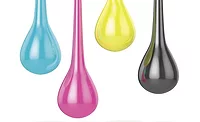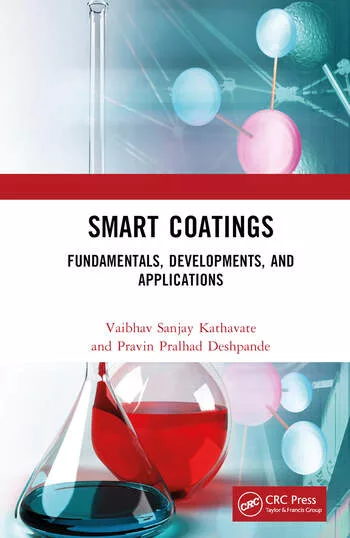Recent Conferences Offer Perspectives on Developments in Plastics Coatings, Ink-Jet Inks
Vincentz Network, based in Hannover, Germany, served as the key organizer of the programs and is offering proceedings of both conferences.
"Modern Coatings for Plastics Substrates" was held in Berlin and was organized by Vincentz and the German Research for Surface Treatment. The conference program included a discussion of new non-chlorinated polyolefin adhesion promoters by Paul Swan of Eastman Chemical Co. and a report from Kathrin Lehmann of Degussa/Tego Chemie Service on new surfactants that act as anti-foam agents and substrate-wetting and adhesion enhancers.
Other raw-materials developments receiving attention included binders for UV coatings (UCB Surface Specialties); surfactant-free acrylic dispersions for aqueous dispersions (Akzo Nobel Resins); and the use of waxes for matting and texturizing plastics coatings (BYK-Chemie).
Presentations also focused on chemical modification of the substrate surface; 3D plasma sources for surface pretreatment; the use of combinatorial high-throughput experiments for development of new coatings systems; and coating-processes advances.
At the other conference, "The Powder of Ink Jet Materials," Christine Halik of Ciba provided a status report on the ink-jet materials market with a review of technology issues and directions.
Halik, in one of two conference keynote addresses, said suppliers of ink-jet materials are faced with a number of compromises due to the attributes and shortcomings of current technologies. These tradeoffs include color brilliance at the expense of lightfastness; rapid dry time versus color decomposition; the use of pigments or colorants in weighing the need for colorfastness or color brilliance; color strength versus weatherability with nanoparticles; and paper-coating choices for photographic applications.
Halik said UV-cure ink-jet inks represent a niche market, but she said they are "about to take off," with double-digit growth rates forecast through 2010. Non-porous substrates are seen as primary applications, with full cure remaining a challenge with porous substrates.
Richard Hann, ICI Imagedata, focused attention in more detail on ink-jet paper coatings in the conference's second keynote address. Hann discussed a number of issues related to developments in these coatings, including:
- Efforts to minimize gas fading in nanoporous paper coatings;
- Attempts to incorporate porosity into resins through selective polymer incompatibility or blending of solventborne and solventless systems;
- The use of acrylamides in polymer-swelling coatings to produce better lightfastness and the employment of cationic acrylics for stronger water resistance; and
- Technology developments aimed at reducing the cost of ink-jet photographic papers, where one approach under investigation is controlled solvent absorption by means of gels in the paper formulation.
Information on the purchase of conference proceedings is available from Amanda Beyer, Vincentz Network, e-mail amanda.beyer@coatings.de. The Vincentz Network website is located at www.coatings.de.
Looking for a reprint of this article?
From high-res PDFs to custom plaques, order your copy today!






